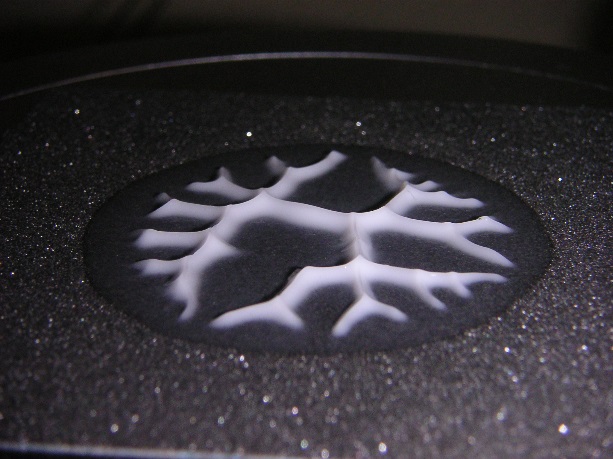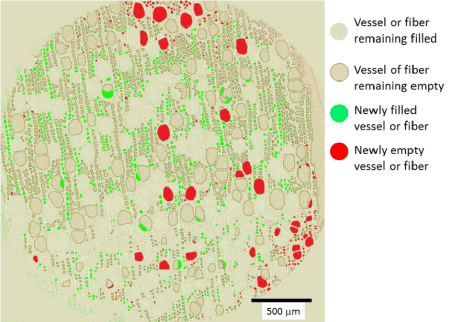Philippe Coussot
Chercheur

Chercheur
After graduation from Ecole Polytechnique in 1987 I started research work and got a PhD in fluid mechanics and rheology. I spent several years in Grenoble developing scientific tools to describe and predict debris flows in mountain streams in the Alps. In 1996 I was in charge of the setting up of the Magnetic Resonance Imager in Laboratoire Navier. From 2002 to 2010 I was the head of the Laboratoire des Matériaux et des Structures (LCPC-ENPC-CNRS), and between 2012 and 2015 director of the Labex MMCD.
For a full CV and detailed info on the group see http://philippecoussot.com

Yield stress fluids
Rheology and flows of yield stress fluids. A wide range of materials, such as cement pastes, muds, foams, emulsions, paints, etc, exhibit a yield stress, i.e. they are unable to flow unless a stress larger than a critical value is applied to them. For this reason they are difficult to characterize and they exhibit original flow properties. It is then important to explore the constitutive equation of yield stress fluids, in particular in the solid regime (i.e. before yielding) and under flow conditions differing from simple shear (e.g. elongation); to develop new rheometrical techniques for yield stress fluids to be used to directly determine some rheological fluid characteristics; and to work at describing complex or remarkable flow characteristics with simple analytical tools that can be used for engineering predictions. For example, a lot remains to be discovered concerning jets, drops, threads, coils or piles of viscoplastic fluids, which play a considerable role in various everyday life situations (dressings, toothpastes, creams, muds, inks, etc) and in particular in 3D printing of mineral pastes (clays, cement, concrete) for construction.
Image Caption: Typical aspect of a yield stress fluid layer initially in contact with two plates, after plate separation. Saffman-Taylor instability.
Transfers in porous media
Liquid transfers or transport in porous media play a role in a wide range of situations, such as water transfers in construction materials (concrete, wood), pollutant transport in soils, filtration, injection for oil recovery, etc. To get a direct view of the internal processes inside non-transparent complex porous media the specificity of our work is to widely use NMR and MRI. We thus get quantitative physical information on the liquid transfers between different pore types in multi-pore size porous media or plant-like systems, liquid transport during imbibition or drying, colloid transport and/or deposition in time, etc.
Image Caption: Drying of wood seen by X-Ray microtomography (a layer inside the 1 cm wood sample with air flux along one of its surface. The different colors indicate how the water in vessels and in fibers evolved over a period of 10 minutes, showing the chaotic nature of the process of drying inside the material.

Rhéophysique, Master SMCD, Ecole des Ponts
Physico-chimie des états de la matière, Ecole des Ponts, 1ère année
Rheophysics – Matter in all its state, Springer, Berlin, 2014
Full list of publications: See philippecoussot.com